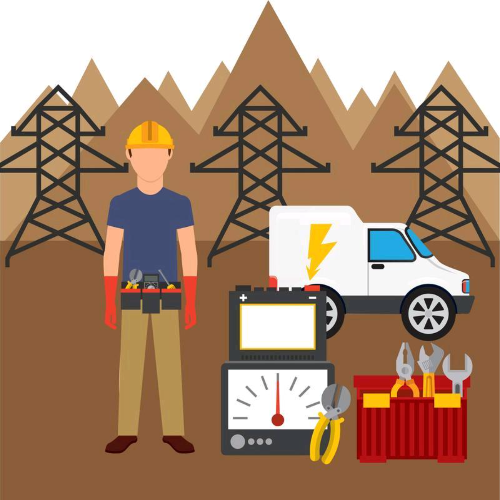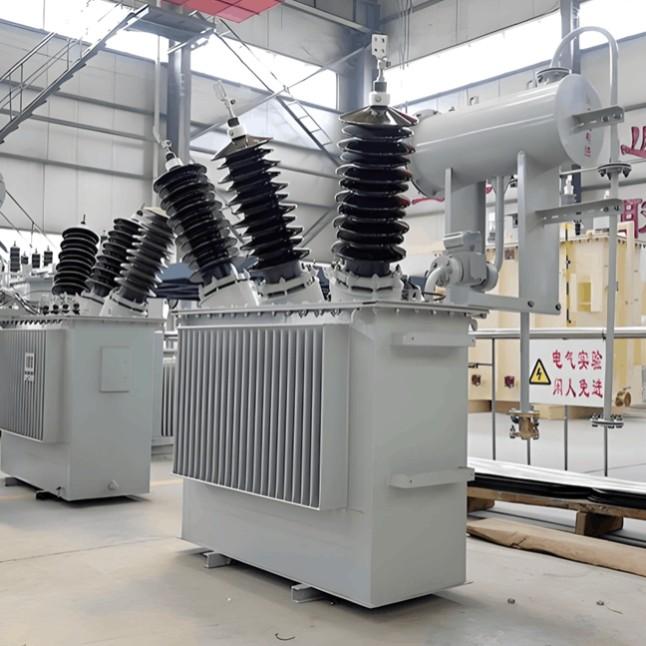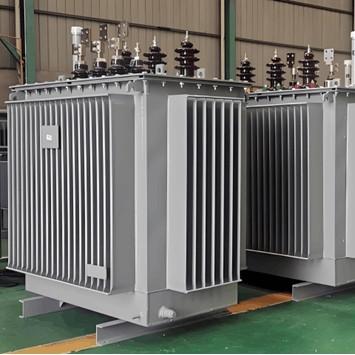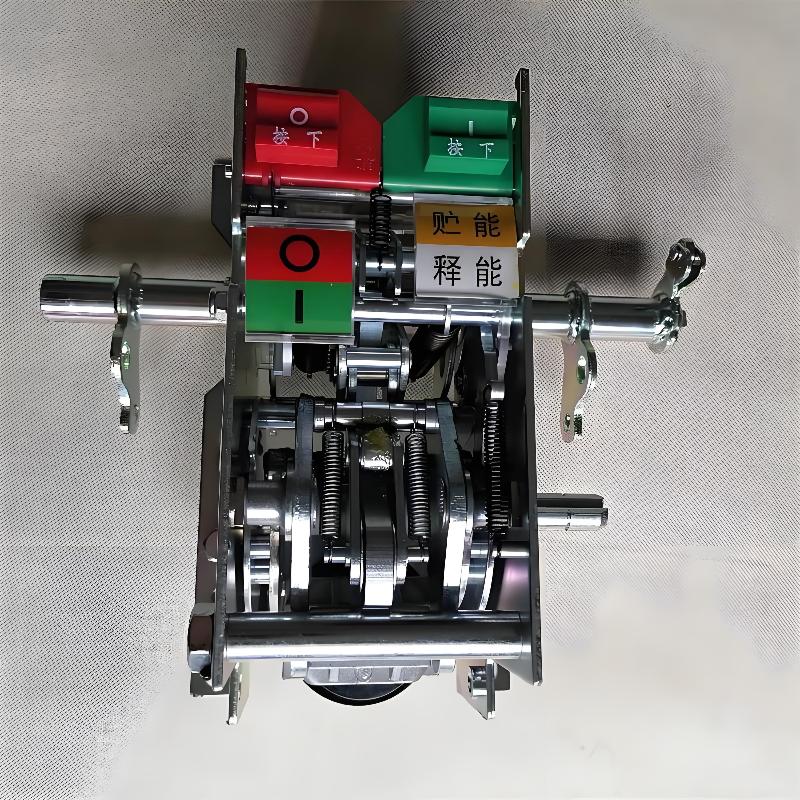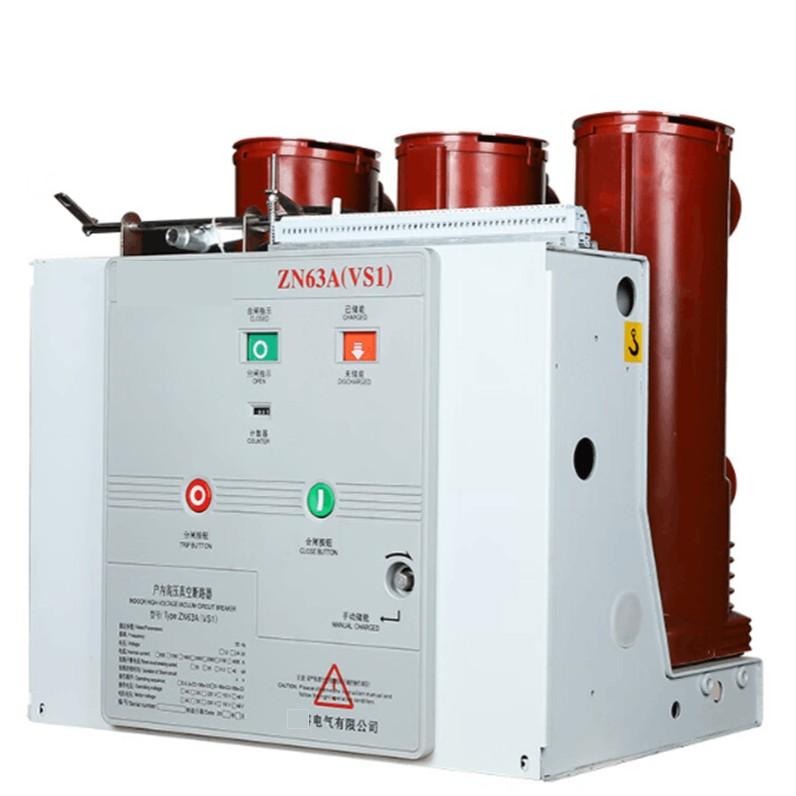Hey everyone! I'm James, a professional with over 10 years of experience installing voltage transformers. Today, I want to talk about the selection and installation of Air Insulated Switchgear (AIS) voltage transformers in 66kV outdoor substations.
These devices are critical for measurement and protection in power systems. Their proper selection and installation directly affect the safety and stability of the entire electrical grid. With the advancement of smart grid technology, electronic AIS voltage transformers are gradually becoming the preferred choice. They offer many intelligent features, but they also come with higher requirements for installation and maintenance.
1. Key Factors in Selecting an AIS Voltage Transformer
Let’s start with function and application — this is the most important consideration when selecting a voltage transformer.
Protective voltage transformers need a wide dynamic range. Usually, we choose 10P accuracy class with a rated capacity of around 5VA. This ensures accurate signal transmission even under abnormal conditions like short circuits.
Measuring voltage transformers, on the other hand, require high precision. We typically go for 0.2S class or higher, with a rated capacity of at least 10VA, to meet the demands of energy metering and system monitoring.
With the development of smart grids, electronic voltage transformers are gaining popularity in 66kV substations due to their digital output capabilities, especially in environments where integration with digital protection systems is needed.
Next, let’s look at voltage level and structural form. At 66kV, which falls into the medium-voltage category (3kV–110kV), single-phase or three-phase structures are commonly used.
For simple main wiring systems, two single-phase transformers connected in phase-to-phase voltage or V/V connection work well.
In substations requiring insulation monitoring, it's better to use either one three-phase five-core three-winding voltage transformer or three single-phase three-winding transformers connected in Y/Y-Δ configuration. This setup allows for line voltage measurement and zero-sequence voltage filtering through the open delta winding, effectively monitoring the system's insulation condition.
Then there's insulation type and dielectric selection — a core factor for safe outdoor operation. Traditional 66kV voltage transformers often use oil-immersed or cast resin insulation, but modern AIS models prefer gas-insulated designs.

According to the latest national standard GB/T 20840.11-2025, for outdoor AIS voltage transformers at 66kV and above, SF₆/N₂ mixed gas insulation is now recommended instead of pure SF₆ gas. Why? Because pure SF₆ can easily liquefy in low-temperature environments, especially below -25°C. Mixed gas (usually 20%–30% SF₆) solves this problem while reducing greenhouse gas emissions.
Gas-insulated transformers should use stainless steel welded gas tanks and double O-ring sealing structures to ensure good airtightness even in harsh outdoor conditions. Also, consider the environmental adaptability of the insulating medium — things like weather resistance and pollution resistance — to handle different climate conditions across regions.
2. Technical Requirements for Installing AIS Voltage Transformers
Now, let’s move on to installation — another crucial step that needs strict adherence to technical standards.
When choosing the installation location, here are some key points:
The voltage transformer should be installed between the high-voltage equipment outlet and the distribution equipment, ensuring accurate voltage measurement.
It should be placed close to the busbar or transformer outlet, but maintain at least 1.5 meters of clearance from disconnect switches, circuit breakers, etc., to avoid electromagnetic interference and mechanical vibration.
The installation height should follow substation design guidelines — usually higher than surrounding equipment to reduce contamination buildup and ensure good ventilation, preventing overheating that could degrade insulation performance.
If multiple voltage transformers are operating in parallel, make sure they’re isolated from each other to prevent mutual interference.
Next up is grounding configuration, which is essential for safe installation.
The grounding system for 66kV outdoor AIS voltage transformers must follow the “single-point grounding” principle:
The neutral point of the primary winding must be reliably grounded — especially in star-connected configurations. This is fundamental for preventing overvoltage and ensuring system safety.
The secondary circuit must be grounded at only one point — usually at the terminal block in the control room — to avoid circulating currents or false trips caused by multi-point grounding.
One of the terminals of the tertiary winding (open delta winding) must also be grounded at a single point, and no switchable device should be inserted into the grounding lead.
For gas-insulated transformers, special attention must be paid to the grounding design of the explosion-proof membrane. Use anti-aging and corrosion-resistant materials, and ensure solid grounding to prevent damage from water accumulation or frost heave. Also, install rain covers on SF₆ gas density relays and make sure they allow for calibration without disassembly, improving operational reliability.
Finally, fuse selection and installation must match the equipment parameters.
The primary side of a 66kV outdoor AIS voltage transformer should be equipped with an RW10-35/0.5 drop-out fuse, with a rated current of 0.5A and breaking capacity of 1000MVA. This protects the transformer from short-circuit currents.
Install the fuse vertically or horizontally, making sure the fuse tube is tightly connected to the porcelain bushing to prevent poor contact due to looseness.
The secondary side fuses should be selected based on load impedance, usually using standard fuses. However, avoid connecting any possible break points (like isolators) in the secondary circuit to prevent voltage feedback from damaging equipment.
For electronic AIS voltage transformers, additional considerations include fiber-optic loop protection — such as anti-vibration and moisture-proof measures — to ensure signal integrity.
3. Standards for Installation and Maintenance of AIS Voltage Transformers
Standardization of installation and maintenance is the foundation of safe operation.
According to GB/T 20840.11-2025, 66kV and above AIS voltage transformers must meet strict requirements for mechanical strength, temperature tolerance, and sealing performance. During transportation, 10g vibration sensors should be installed. For batches of more than 10 units, install two per vehicle; for fewer than 10, install one. Upon arrival, check the vibration data. If any sensor records exceed 10g or has fallen, return the unit for internal inspection.
For maintenance, regular preventive testing is crucial:
Perform insulation resistance tests
Conduct partial discharge measurements
Carry out excitation curve tests
This ensures the equipment meets performance requirements. For gas-insulated transformers, regularly test SF₆ gas moisture content and perform live leak detection. In some cases, shorten the inspection cycle.
During the first month after commissioning, perform live inspections. After that, inspect quarterly to ensure gas quality meets standards.
When it comes to fault handling, follow standardized procedures:
If a fuse blows, first check the secondary side fuse. If it blows again after replacement, it means there’s a serious fault in the secondary circuit — investigate thoroughly.
If gas pressure drops suddenly, immediately take the unit offline for leak detection and repair, avoiding continued operation that could compromise insulation.

4. Summary
In summary, here are the key points to remember when selecting and installing AIS voltage transformers:
Clearly define the function: Protective types use wide-range classes like 5TPE; measuring types use high-precision classes like 0.2S; electronic types should consider digital output compatibility.
Choose the appropriate structure based on voltage level and system characteristics — V/V or three-phase five-leg core configurations — and ensure the neutral grounding method matches the system.
Select suitable insulation media based on environmental conditions. For 66kV outdoor systems, prioritize SF₆/N₂ mixed gas insulation to avoid liquefaction risks with pure SF₆ in cold climates.
Install near high-voltage equipment outlets, but keep at least 1.5 meters away from switches and breakers to ensure ventilation and mechanical stability.
Follow the “single-point grounding” rule for primary, secondary, and tertiary windings to avoid circulating currents.
Match fuses to equipment specs: RW10-35/0.5 for primary side, standard fuses for secondary side, and ensure secure installation.
As technology continues to evolve, so do AIS voltage transformers. Improvements in gas insulation, maturity of electronic sensing technologies, and the adoption of smart monitoring systems all contribute to safer, more reliable, and efficient solutions for 66kV outdoor substations.
Looking ahead, new materials and manufacturing processes will further enhance the performance of these transformers, making them more environmentally adaptable and smarter. As environmental regulations tighten, mixed-gas insulation and low-power passive transformers will become more widely adopted, pushing the power industry toward greener and more sustainable development.
I hope this article helps you better understand the essentials of selecting and installing AIS voltage transformers. If you have any questions or want to share your own experiences, feel free to leave a comment or send me a message. Let’s learn together and grow together!
— James









